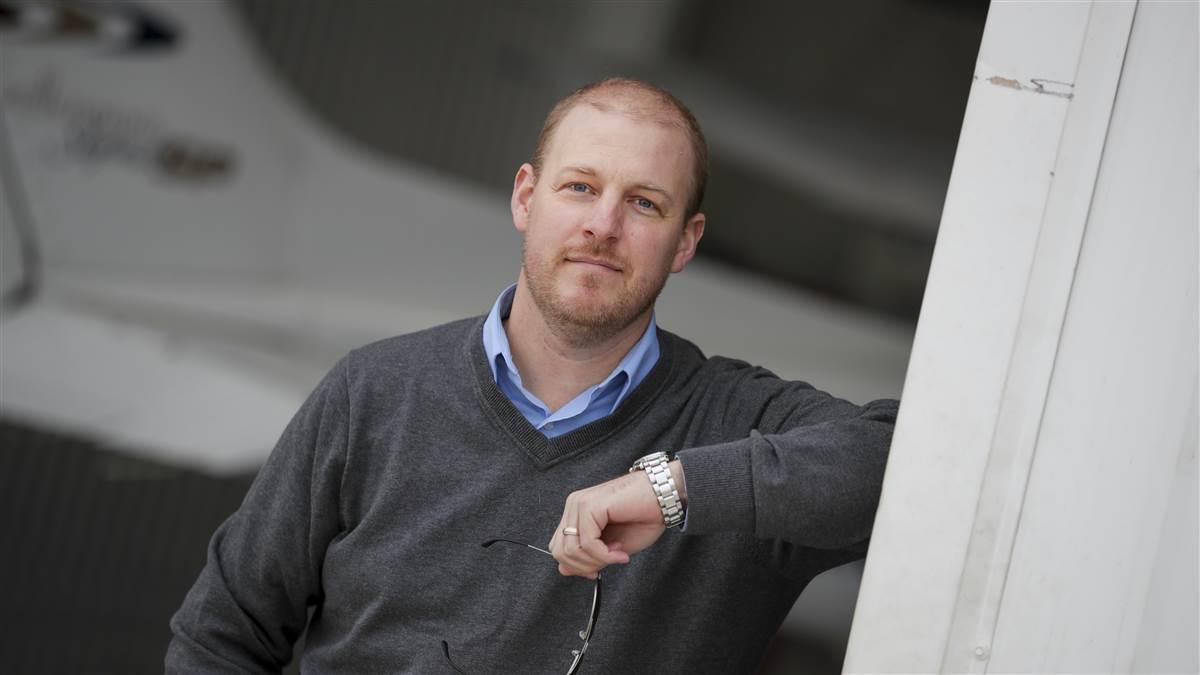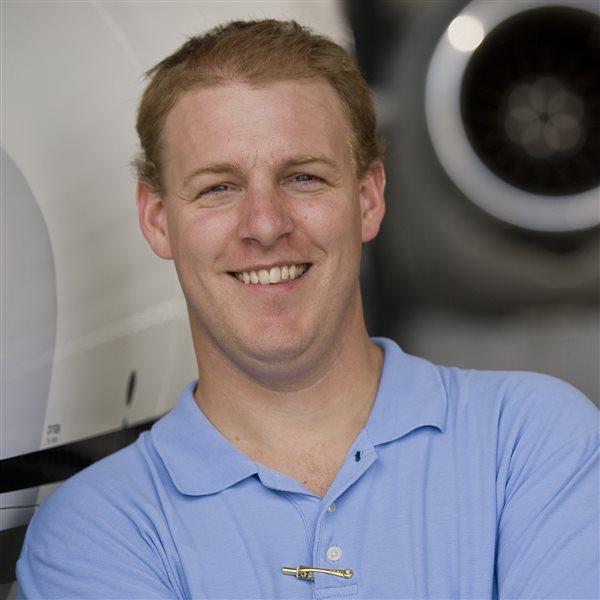Right Seat: Great Equalizer

[email protected]
When you get in your car, chances are you are required to make, at most, two actions before it will start. Simply press the brake and turn the key or push a button. (OK, manual lovers, three if you leave the car in gear.) The modern Cessna 172 has approximately 10 steps in the start sequence. The late-1970s version of the Skyhawk had only seven. So much for progress.
Every pilot has engine-starting horror stories. I remember being a young kid in my dad’s airplane, and getting more nervous with every sweep of the propeller as the engine continued to ignore the starter’s hard work. Dad assured me that once the engine started running, it was unlikely to stop. It’s just the starting part that’s tricky.
Decades later, I’m flying behind the same engine technology and making the same apologies. I’ve nearly killed batteries, I’ve pooled fuel on the ground, and I’ve embarrassed myself trying to start a hot, big-bore Continental as friends sat idling in other airplanes. Hot starts generally aren’t an issue in flight training, but get checked out in the school’s high-performance, fuel-injected airplane and you’ll want to spend some time learning the local customs. Not only are hot starts inherently difficult in certain engines, each engine is unique. What works on one engine may not work on another. Magic, prayer, cursing, and shamed resignation are all expected and encouraged in the world of hot starts.
Once the engine starts, it’s unlikely to stop. It’s just the starting part that’s tricky.This month Managing Editor Sarah Deener uncovers some of the mysteries of engine operations in “Start Your Engines,” beginning on page 34. Deener explains the basics of engine operation, clears up some of the common pitfalls, and delves into the reasons our engines haven’t changed much since Eisenhower was president.
One of my great frustrations with the convoluted way we start and operate engines is its effect on flight training. It can take many lessons to feel comfortable starting the engine, and even more instruction to learn how to operate one properly. Imagine simply setting the power lever and pushing a button, as we do in cars. That dream is getting closer to reality. The FAA is allowing electronic ignition to replace one magneto in legacy avgas-powered engines. (Try to find a magneto somewhere else in your life. Unless you’re a farmer, it’s not going to happen.) New diesel engines have full electronic ignition and engine controls, which enables both push-button starts and run-ups.
Finally, electric motors bring great promise in solving numerous engine problems. They are quieter, less expensive to operate, cleaner, and solve every wonky engine-operator problem we have. There are no more cold starts, hot starts, leaning problems, or unusual operations—such as cutting off fuel instead of turning off a key to shut down. What’s most encouraging is that instead of being 40 years behind in technological advances, electric aviation engines are fewer than five years behind, when compared to the automotive world. Viable, commercially available electric airplanes exist today that can fly for an hour. More are in the works that promise even greater endurance.
Environmental benefits aside, I look forward to a day when I can hop in and press a button that wakes up the entire system, and I no longer embarrass myself by beating up on a starter as I crank away trying to start a hot engine. Although, knowing me, I’ll forget to plug it in.



